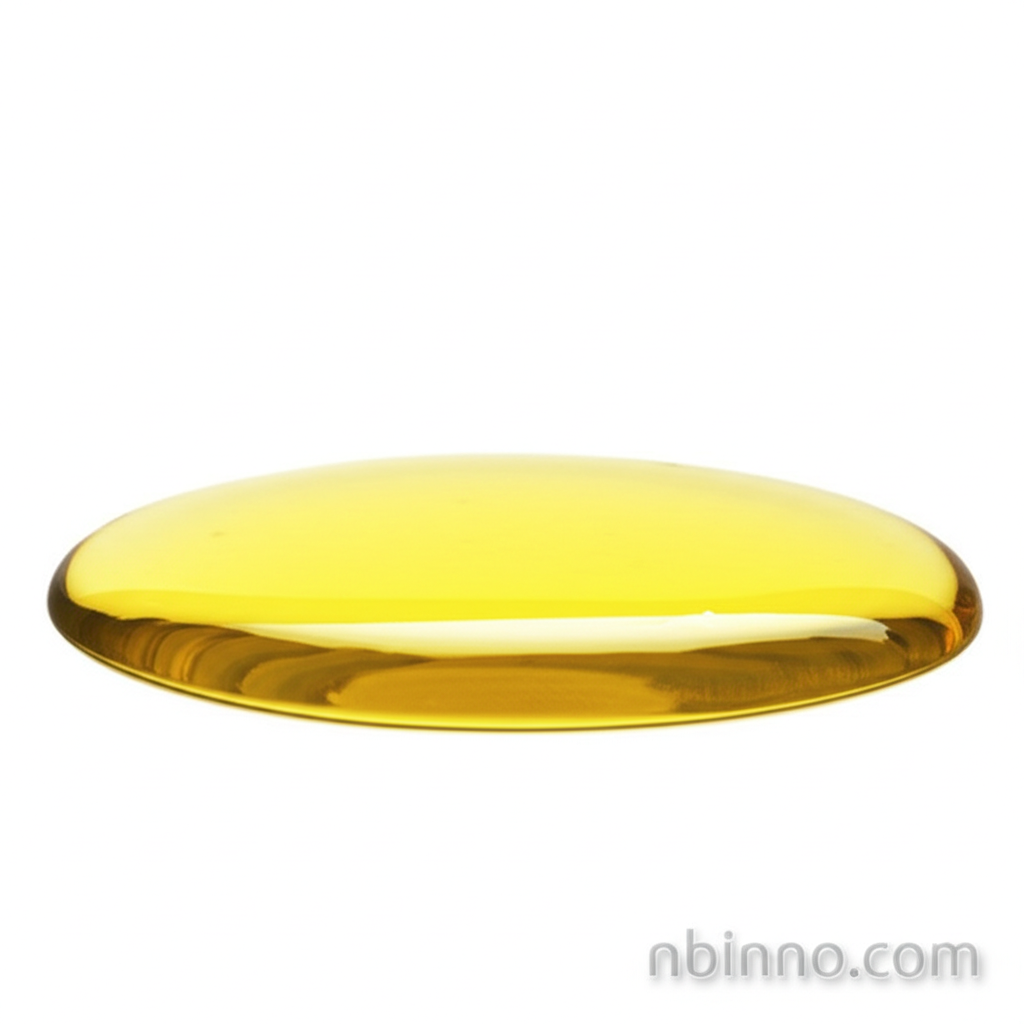2,4,6-Trimethylaniline: A Versatile Intermediate for Dyes, Pigments, and Advanced Chemical Synthesis
Discover the crucial role of 2,4,6-Trimethylaniline in industrial chemistry and advanced material development.
Get a Quote & SampleProduct Core Value

2,4,6-Trimethylaniline
2,4,6-Trimethylaniline is a vital aromatic amine intermediate, primarily utilized as a precursor for a wide range of synthetic dyes, including weak acid brilliant blue RAW. Its unique chemical structure also makes it an essential building block in coordination chemistry, enabling the synthesis of sophisticated ligands and catalysts used in advanced organic synthesis and metathesis reactions.
- Unlock the potential of 2,4,6-trimethylaniline synthesis for efficient dye production, ensuring vibrant and stable coloration in various applications.
- Explore the diverse CAS 88-05-1 applications beyond traditional dyes, including its role in creating advanced materials.
- Leverage this critical aromatic amine intermediate for the development of new generation catalysts.
- Understand the foundational chemistry behind Grubbs' catalyst ligand synthesis, where 2,4,6-Trimethylaniline plays a key part.
Advantages Provided by the Product
Enhanced Dye Synthesis
As a primary intermediate, 2,4,6-Trimethylaniline is crucial for the production of various dyes, contributing to color intensity and longevity in textiles and other materials, underscoring its importance in the dyes precursor chemical sector.
Catalysis Advancement
Its role as a precursor to ligands for catalysts like Grubbs' catalyst highlights its contribution to cutting-edge chemical research and development, enabling more efficient and selective organic transformations.
Chemical Versatility
The compound's utility extends to being a building block for organic pigments and even pesticide intermediates, showcasing its broad applicability across different chemical industries.
Key Applications
Dyes Synthesis
Utilize 2,4,6-Trimethylaniline as a key intermediate for creating vibrant synthetic dyes, particularly for applications requiring the weak acid brilliant blue range, leveraging extensive 2,4,6-trimethylaniline synthesis knowledge.
Ligand Development
This compound is instrumental in synthesizing complex ligands such as glyoxal-bis(mesitylimine), a crucial step in creating advanced catalysts for various organic reactions.
Organic Pigments
Serve as an intermediate in the production of high-performance organic pigments, contributing to the color and stability of paints, inks, and plastics.
Pesticide Intermediates
Its chemical properties make it a valuable intermediate in the synthesis pathways for certain agrochemicals and pesticides.
